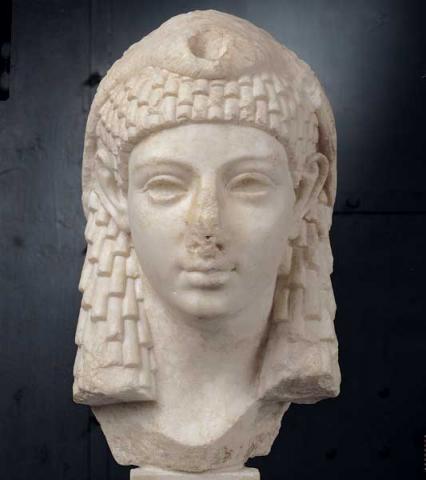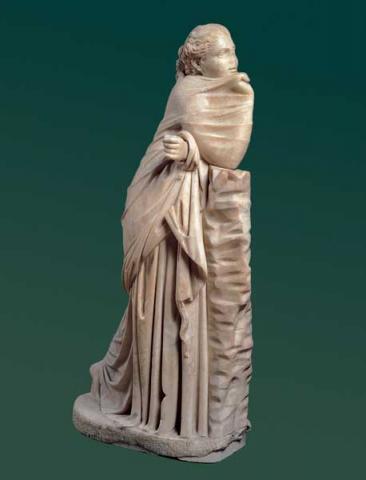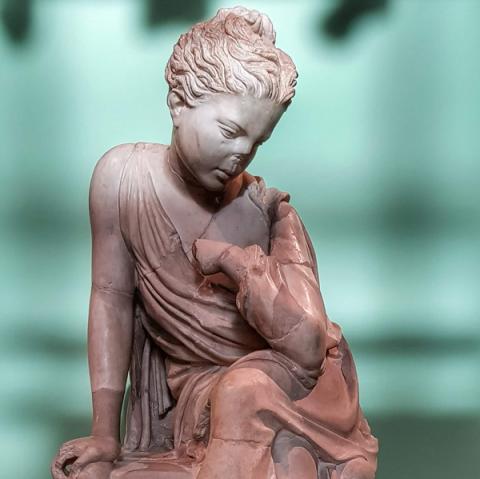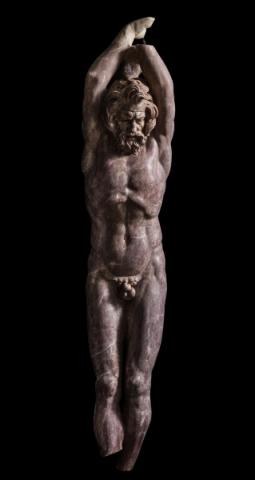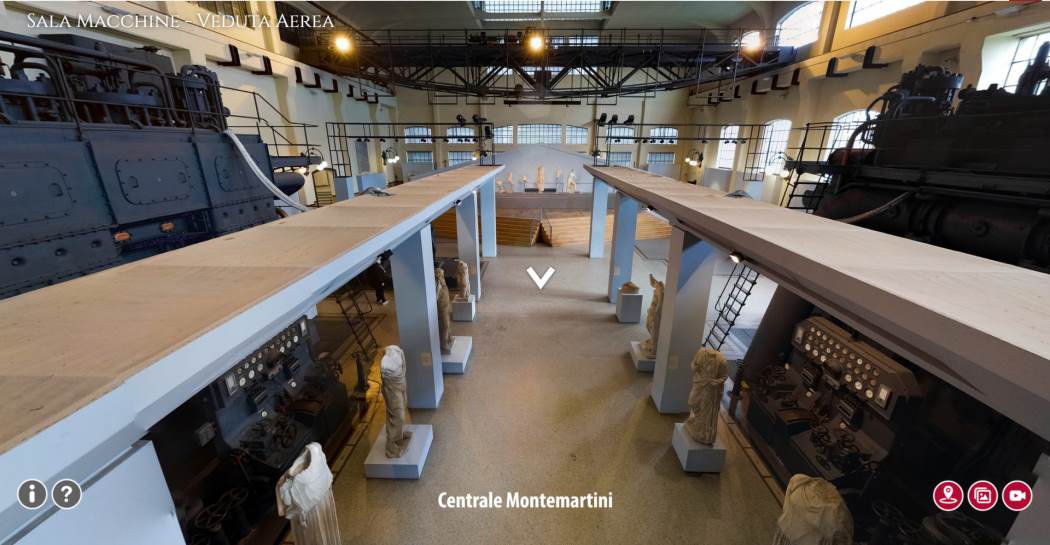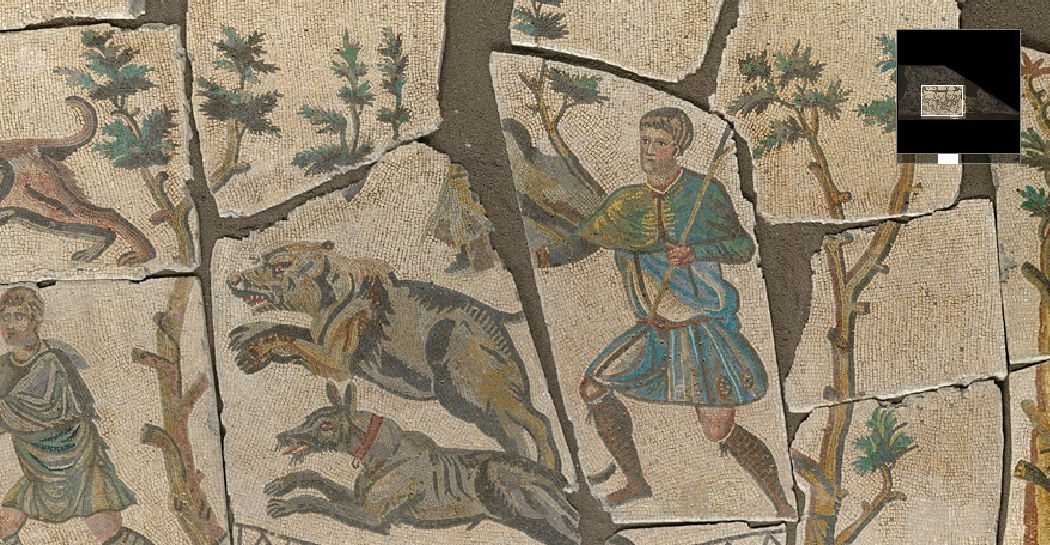The exhibition Colori dei Romani is enriched with sixteen new works
Since its inauguration in April 2021, the exhibition project Colori dei Romani (Colours of the Romans) has developed in relation to the constant and uninterrupted conservation of the mosaic works in the Capitoline Collections and, in particular, the great heritage preserved in the collection of the Municipal Antiquarium. Hence the idea of a "renewable" exhibition to be implemented from time to time with the restored works, which find in the exhibition the occasion of their valorisation, increase the offer to the visitor and allow to deepen the theme addressed.
With this last group of works, the exhibition's narrative extends its chronological arc up to the Late Antique period and proposes types of artefacts hitherto absent from the exhibition itinerary: mosaics with large marble tesserae and opus sectile, brought together in a new section of the exhibition 'The Colours of Marble'.
An expression of luxury since the early imperial age, the use of coloured marble became increasingly popular during the years of the empire's greatest expansion, becoming customary in the private sphere and in public, civil and sacred architecture. In the Rome of the 3rd and 4th centuries A.D., the great availability of coloured marbles and the leftovers from large construction sites were used for various purposes, including the creation of mosaic tesserae. It was during this period that a particular category of large tessellated floor mosaics was created, made from particularly precious materials: porphyry, serpentine, portasanta and antique yellow.
The mosaics on display from the Baths of Diocletian belong to this category: fragments of tessellated tiles with a rare combination of marble and porphyry found during excavations in 1873.
The valuable specimens of opus sectile on display in the exhibition represent both the earliest phase of production and the later one, which includes sectilia pavimenta with a square or square-reticular module, with simple and complex motifs, often characterised by the predominant use of reused elements, but always with an overall result of great effect. This production has its driving force in Urbe and one of the earliest examples of this type of pavement is that of the Diocletian Curia in the Roman Forum, dated to the end of the 3rd century AD. The largest number of examples, however, comes from the rich aristocratic residences of the 4th century, often inhabited by senators or high-ranking officials eager to flaunt their status.
The exhibition also includes a large mosaic with plant and bird motifs from a tomb in the necropolis of the Via Portuense, which came to light in 1926 during the construction of the first section of the new Gianicolense ring road near Trastevere station. In the exhibition, the mosaic is presented together with the funerary inscriptions of the deceased, important epigraphic evidence that provides us with information on the owners of these tombs, some of whom were of foreign origin. via Portuense, venuto alla luce nel 1926 durante la costruzione del primo tratto del nuovo viale della Circonvallazione Gianicolense, presso la stazione di Trastevere. Nell’allestimento il mosaico è presentato insieme alle iscrizioni funerarie dei defunti, importanti testimonianze epigrafiche che ci restituiscono informazioni sui proprietari di questi sepolcri, alcuni dei quali di origine straniera.


























